Pro Remodeler – 5 Ways to Hide a Mini Split
Photo: Hood River reDesign
March 13, 2017 | ProRemodeler.com
These heating-cooling marvels work great but don’t always go with the rest of the room. Here are five ways to dress them up or conceal them altogether.
Mini splits solve a lot of problems. In tight, well-insulated houses, they provide just enough heating and cooling in a compact package and at a reasonable cost. But they take some getting used to when they are just stuck on a wall somewhere.
To find more aesthetically pleasing solutions, we looked for examples online, and also asked architects and energy nerds we know for examples from projects they’ve been involved with. The solutions we got range from simple to inspirational. But before we look at the specifics, here are a couple of do’s and don’ts:
• Do make sure the filters are accessible for cleaning
• Don’t install them above any electronics, due to the possibility of condensation
Hide It in a Built-in Bookcase
There’s an abundance of great examples of this type of solution at Houzz.com. This one (main image, above) was designed by Mary Bokovoy of Hood River reDesign, in Portland, Ore.
“I designed the bookcase to fill the wall, matching the height of the kitchen cabinets,” Bokovoy explains. “The sofa was purchased in advance, so we were able to design an inset flat panel directly behind it so it fit seamlessly.” This design shows great craftsmanship and provides an elegant solution that allows for good airflow—and plenty of storage.
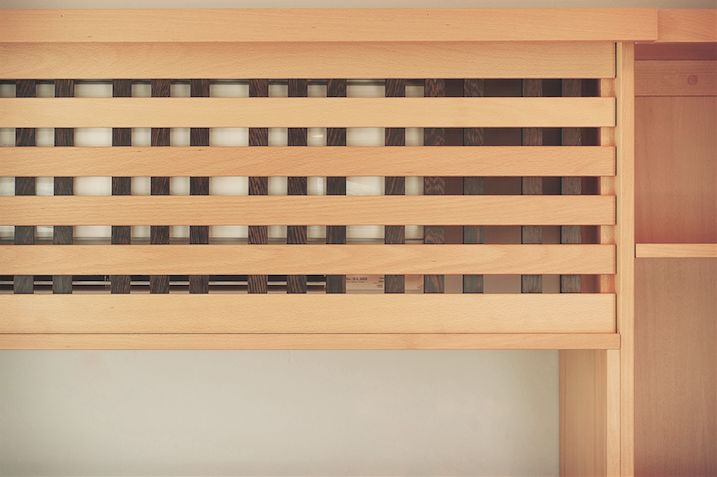
Photo: Hood River reDesign
Build a Recessed Niche
This solution came from Steve Baczek, an architect who incorporates mini splits into many of the Passive houses he designs. “On a recent house, an engineer told me I could recess the mini split in a cavity as long as there was a 3-inch clearance on all four sides,” Baczek told us. “Then, for another house—with a different mini split manufacturer—an engineer told us we should never recess them. I’m afraid to ask anyone else.” Bucking the odds, Baczek detailed a recess above a mudroom closet and reports that it’s working well with no problems.
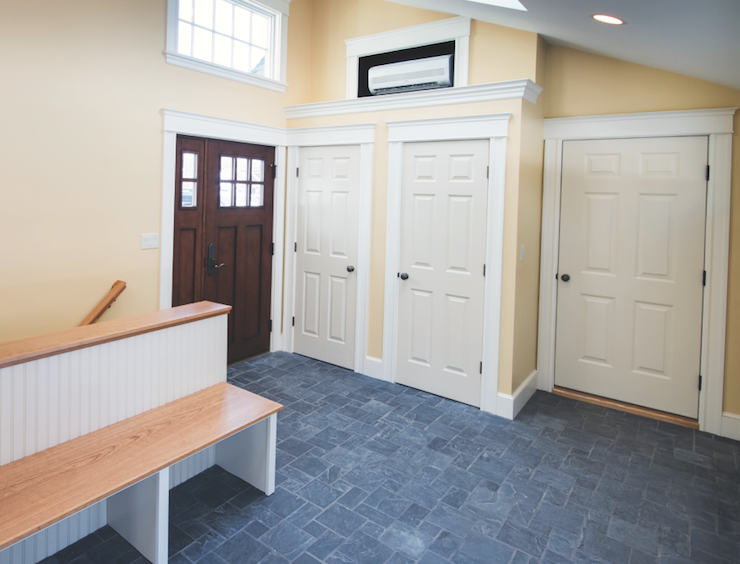 Photo: Steve Baczek
Photo: Steve Baczek
Tuck It in a Corner
If your engineer is nervous about recessing the mini split, you can always put it up high and around a corner where it doesn’t attract attention, as Baczek did here. He says he has also installed a mini split up near the ceiling in a switchback stairwell, and that it’s been working well for a couple of years. “Keep in mind that you need some distribution method to get the conditioned air into the bedrooms,” he notes. “I typically use an ERV to push air around.”
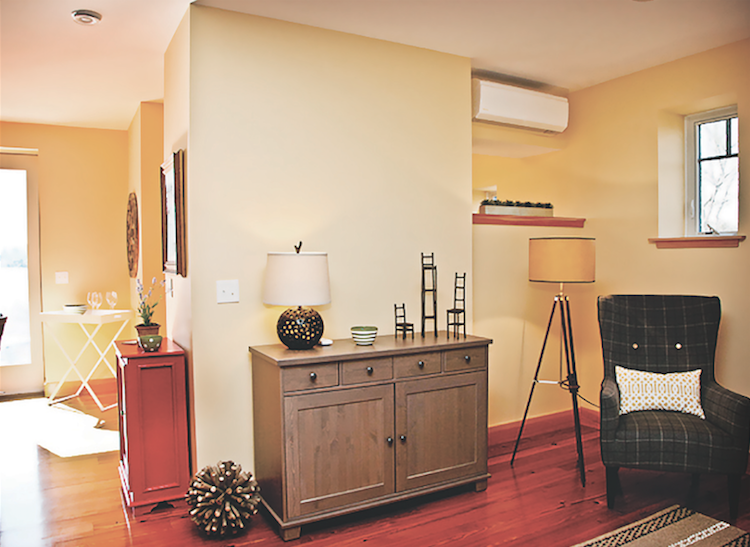
Photo: Steve Baczek
Build a Cabinet Around It
Mini splits aren’t all wall-mounted; some stand on the floor. “If you use a Mitsubishi Mr. Slim multi-port system,” Marc Rosenbaum, an energy engineer with South Mountain Company, a design/build firm on Martha’s Vineyard, told us, “they have a nice floor unit that can be built in.” Rosenbaum also says that floor units cost more than wall units.
With the mini split on the floor, an old-fashioned radiator cover, like the one shown here, becomes a 20th-century solution to a 21st-century problem.
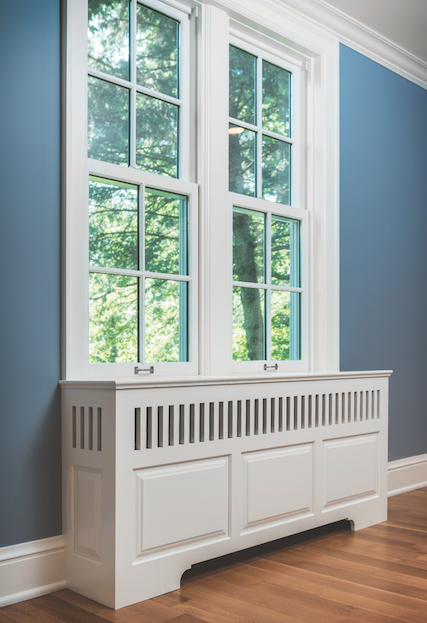
Photo: Drew Gray, courtesy Steven Cabinets
Recess It in the Ceiling
Rosenbaum also alerted us to the option of mini split heads made to fit in 2-by-2-foot dropped-ceiling systems. “I haven’t used any ceiling cassettes myself yet,” he says, “and I’ve only seen one installed in a house. But it’s an option worth considering.”
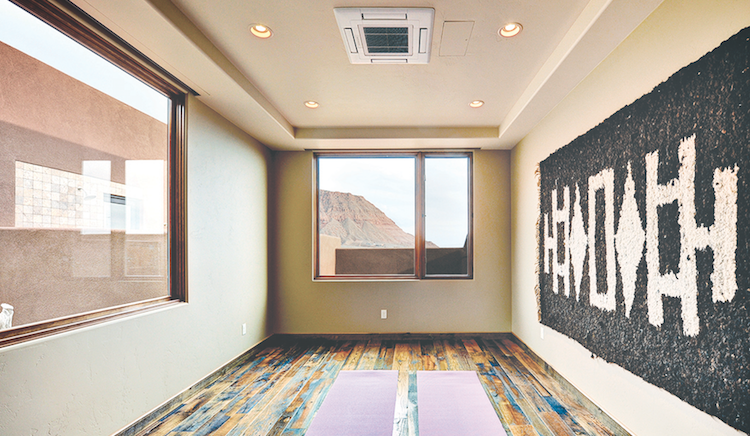
Photo: courtesy Mitsubishi










